Merino Wool
in sports
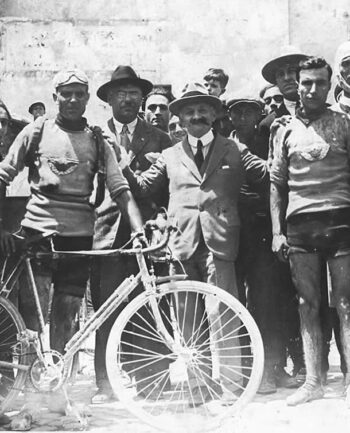
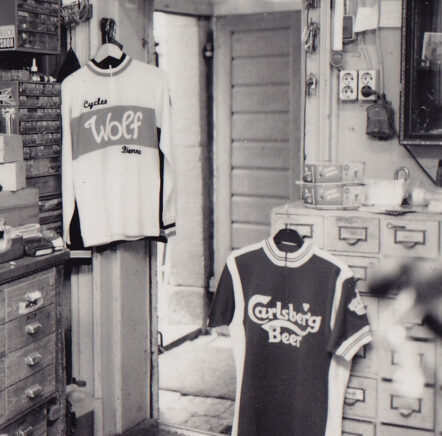
High performance in sports goes hand in hand with high-performance clothing. “Ultra-Wick, High-Tech XLT, Micro-Mesh, Super Dry” are just some of the fabulous terms used. But most of the technologies and fibres only make it to the bottom ranks when it comes to sustainability: while they are capable of high performance, they are mostly made from non-renewable raw materials, mainly petroleum-based. They pollute the environment, release microplastics into our waters, and take forever to decompose. The alternative: merino wool. It’s not for nothing that it has been the indisputable fiber when it came to tailoring clothing for peak performance over the last 100 years. Here’s the story.
Since the early 1980s, most sportswear has used synthetic fabrics. Polyester, nylon, elastane, and polyamide are sold under fancy brand names like Goretex, Lycra, Coolmax, and Windstopper. No matter what creative expression they come up with, they are all petroleum-based and are harmful to the environment. Merino wool, on the other hand, is 100% natural, renewable, and no wars are fought over sheep. Try to say the same for petroleum. And so, to this day, tons of fast-fashion clothing made of synthetic fibers end up in landfills, where they last for hundreds of years.
Until the arrival of synthetics, Merino wool was used by the world’s top athletes for nearly a century. No laboratory has been able to create a fiber that offers more performance than Merino wool. No synthetic fiber has ever absorbed vapor, repelled water naturally, been flame resistant, anti-odor, or provided comfort in both cold and warm climates. While wool decomposes in the waste within a few months, synthetic fibers take hundreds of years. Far worse, they release millions of microplastics into our lakes and oceans with every wash, which ultimately end up back in our bodies via the food chain. No wonder the market was ripe for the return of merino wool.
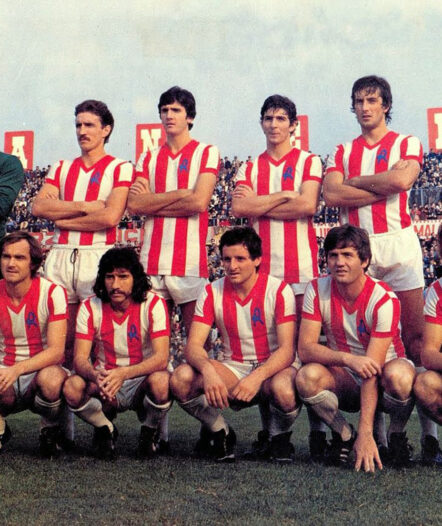
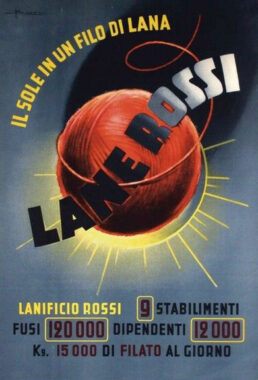
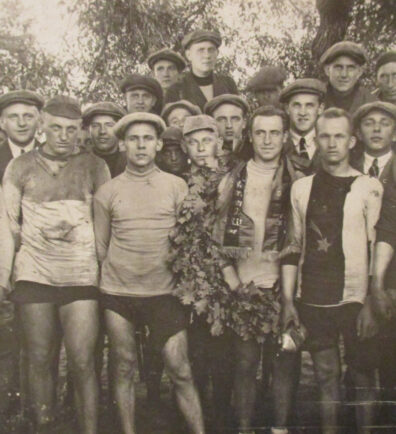
Merino wool was used from the 1890s–1980s in cycling, soccer, mountaineering, and the military. Every cyclist, whether amateur or pro, wore wool for around 80 years. Every Tour de France winner wore wool from 1900–1983. Athletes knew the benefits of wool in sport. Mountain climbers had a saying, «cotton kills». It meant that cotton clothing and socks would get and stay wet, freezing mountain climbers in cold temperatures. Wool doesn’t retain water like cotton – or have you ever seen a wool towel? The earliest climbers of Mt Everest wore wool and the material is again gaining ground on the top of the world.
No laboratory has been able to create a fiber that offers more performance than Merino wool.
No shrink but a lot of stink
Although wool was widely used for much of the 20th century, it was not nearly as advanced at that time as it is today. Before the 1990s, wool had to be hand-washed, was coarser-meshed, and heavier knit. When polyester gained its market share in sportswear in the early 1980s, people appreciated its advantages: lightweight, strength, and durability of the fabrics. In return, they accepted that the garments did not absorb water vapor, that one quickly felt cramped in them, they quickly began to stink and had to be washed correspondingly often. The advantages outweighed the disadvantages: polyester was much cheaper than wool, could be used in various ways, and could be easily dyed and printed. How was wool supposed to compete with these advantages?
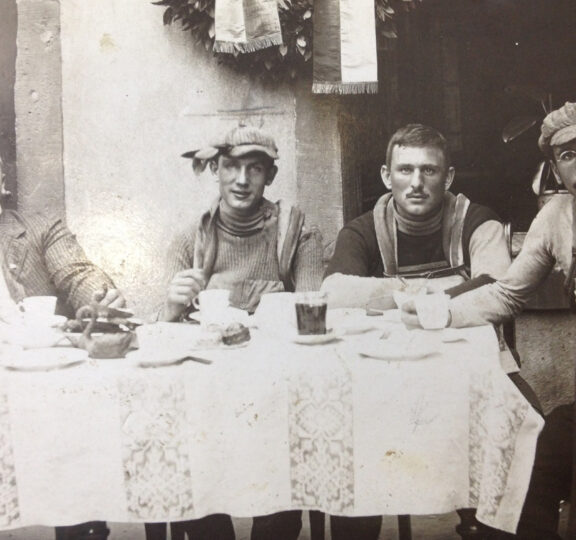
In the 1990s, the Woolmark organization developed the “Total Easy Care” treatment, which allowed merino wool to be machine washed. Around the same time, much thinner yarns with counts of 17.5 to 19.5 microns became available. This caused a massive paradigm shift in wool’s usage: the days of scratchy, coarse wool were over. Today, anyone who puts on a garment made of merino wool is amazed and can oftentimes hardly believe that it is knitted from wool. But comfort and ease of care are only one reason why merino wool is back on the market. As mentioned, the other reason is its ecology: merino wool not only supports top performance in sports, it is an absolute top performer in terms of sustainability.


